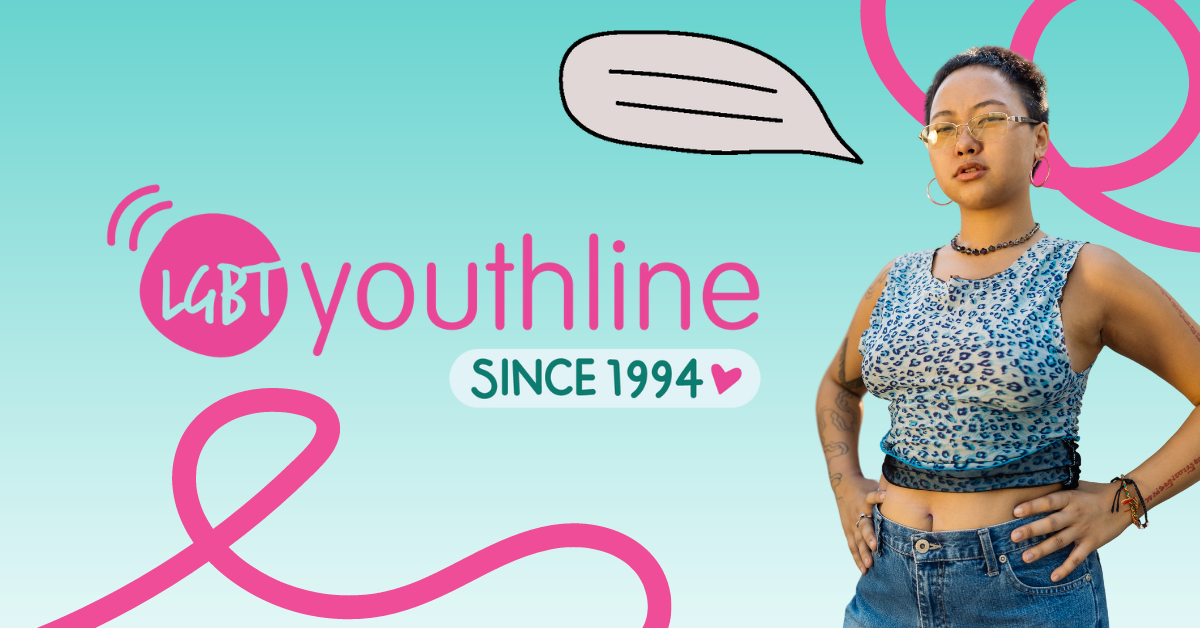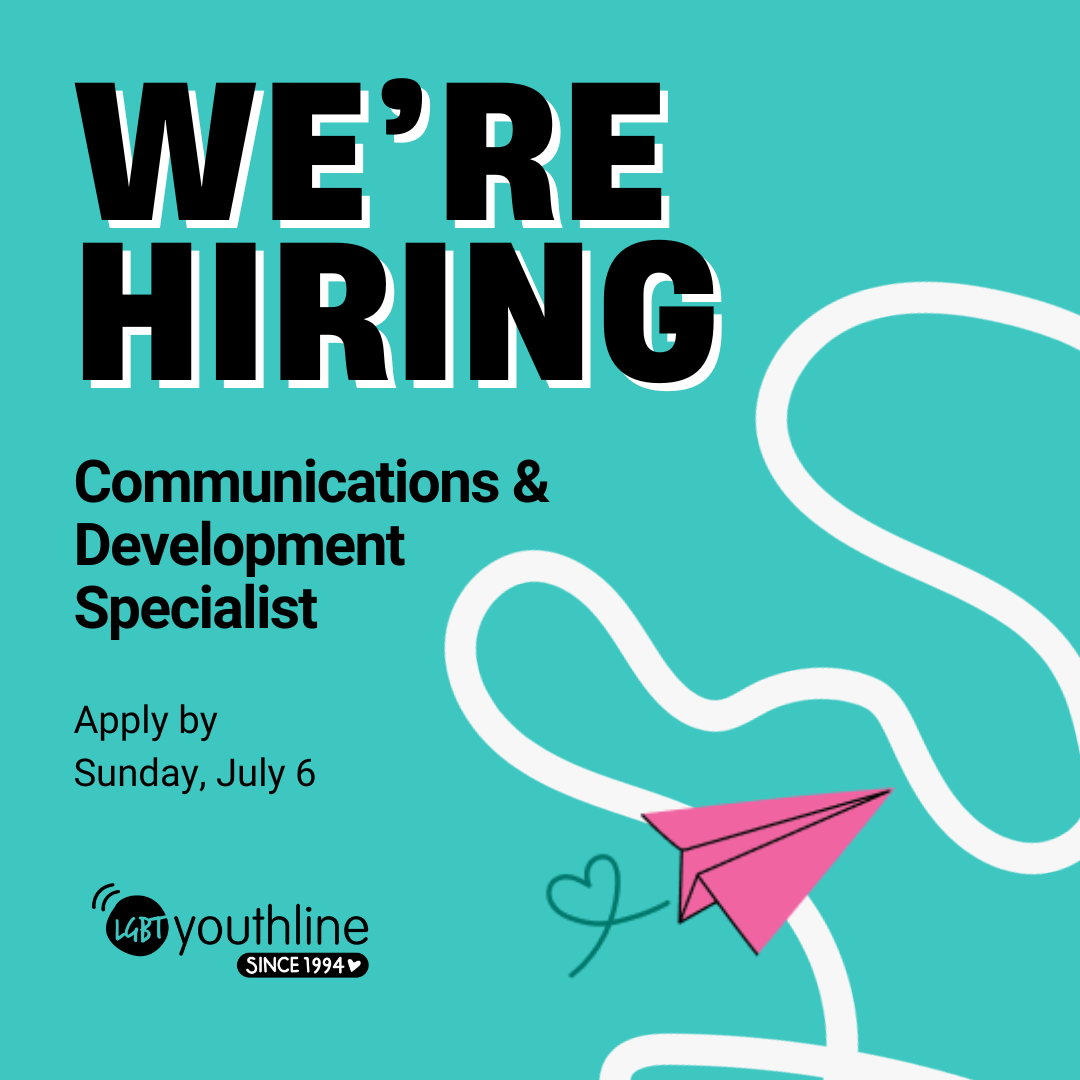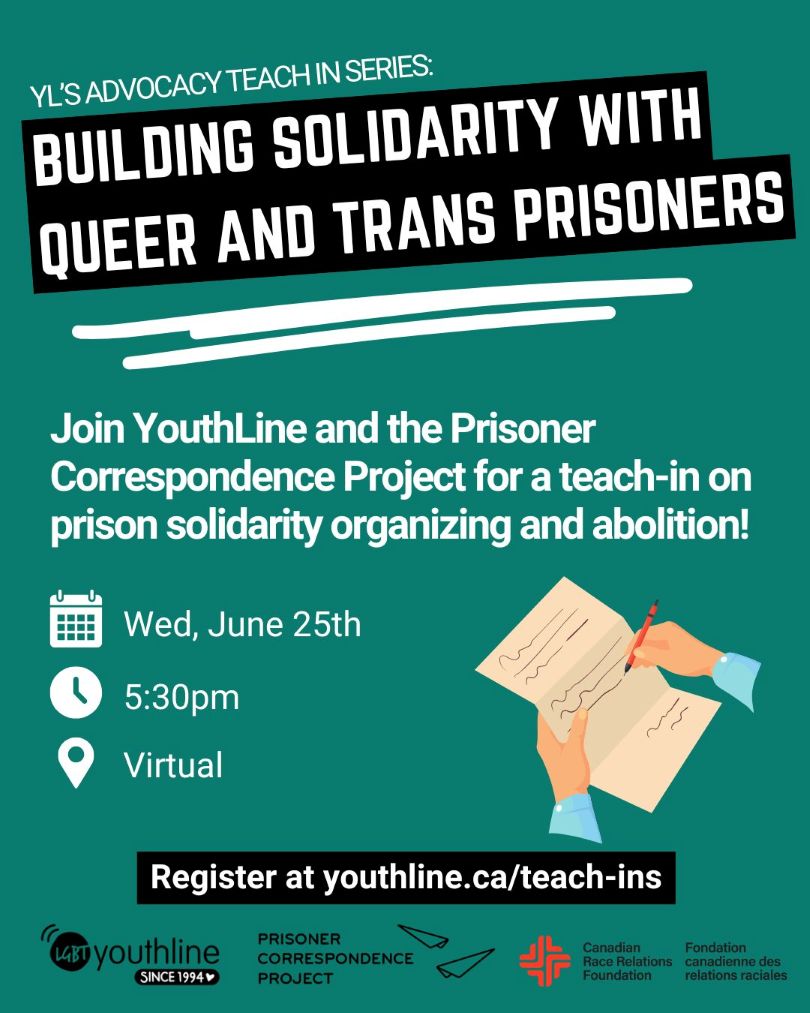The COVID-19 crisis required us to create patchwork solutions to ensure our HelpLine remained open to provide support to 2SLGBTQ+ youth; as a crisis response, we quickly made adaptations to move our chat/text service with volunteers and staff working remotely. We knew that we would need more long-term solutions to meet the growing demand for our HelpLine and continuing service delivery in a remote model.
As a by and for 2SLGBTQ-youth HelpLine, our priority has always been to balance the needs of our service users (who are experiencing higher rates of isolation than ever) with the needs of our volunteers (who are also youth dealing with extremely difficult times). Our HelpLine is unique with unique challenges and barriers to re-open our phone lines, without compromising the safety and anonymity of 2SLGBTQ+ youth.
Service User Needs
Acute crisis occurs on the phones more often than any other medium; given that youth volunteers would be taking calls mostly unsupervised, they need additional training and supports to ensure that they have the information, resources, and tools to confidently support another youth in crisis.
Capacity
Our HelpLine has experienced a 30% increase in volume during COVID-19, even without our phone lines running; phones accounted for 37% of our total contacts last year. We need to increase our capacity to meet demand, and also work towards building trainings and virtual supports to allow remote volunteers to work more independently. In order to open our phone lines, we need enough chat/text volunteers ready to meet demand, which is why we are holding a Tier1 chat/text training in the fall.
Harmful Callers
There are unique risks to youth-led phone support, like homophobic/transphobic harassment and/or sexual fantasy callers (masturbatory callers). Volunteers must have appropriate tools and support to deal with harmful callers; this is vital to reducing burnout and harm. Harmful callers is something we have always struggled with, and want to ensure that adequate resources and work has been done to best support our volunteers and staff in a remote environment where they may not have peers to connect with immediately.
Volunteer support needs
As peers, our volunteers are 2SLGBTQ+ youth 16-29 experiencing many of the same challenges and barriers as our service users. Before COVID-19, our youth volunteers worked in a physical office alongside staff supervisor, and other volunteers. When we moved to remote service, we were able to replicate a similar level of direct support for chat/text service, through video calls and chats. With phone calls this is not possible, and volunteers will need to develop a greater level of independence in order to do their best work.
Technology Needs
We have a complicated multi-line phone system that cannot be easily forwarded or transferred and must be anonymous. When researching and talking to community partners, we found that none of the options were feasible for us. We are taking the next few months to select the best VoIP (Voice over IP) solution to meet our service user and volunteer needs.
In 2021, we will also be setting up a Learning Management System (LMS) to optimize our capacity for virtual learning. As a small staff team, this will allow us to offer more hands-off training with increased flexibility, to increase our volunteer pool, while better meeting their learning needs.
Developing a tiered training model
Since we opened in 1994, our Provincial HelpLine has only run in-person trainings in Toronto. In-person work has always come with challenges and limitations: it is more expensive, limits our staff/volunteers to Toronto-area youth, and focuses the energy of program staff on training cycles. In 2021, we plan to implement a Learning Management System (LMS), automating some training sessions to redirect staff capacity towards program development and growth. Virtual multi-week trainings allow youth to develop skills and confidence, on their own schedule and at a pace comfortable for them; it will also reduce the logistical work required for each training cycle increasing resources towards supporting trainees, including increased accessibility and one-on-one supports.
This will allow us to:
- Offer a deeper level of care and support – with stronger crisis response and safety planning (while we are not a crisis line, we do receive crisis calls and our volunteers need training to support youth in crisis)
- Provide opportunities for youth to grow and advance skills at YouthLine through a tiered model, and to step into mentorship and leadership roles
- Offer training remotely to volunteers across the province (Ontario)
We are so thankful for all our volunteers, staff, supporters, and community partners that have supported us through these challenging times. Moving a HelpLine from a physical location to an entirely remote operation is no easy feat – we thank everyone for their patience and understanding as we continue to work through changes and challenges as they come up.
We’ll continue to make updates on our plan – follow our social media to keep up-to-date.








